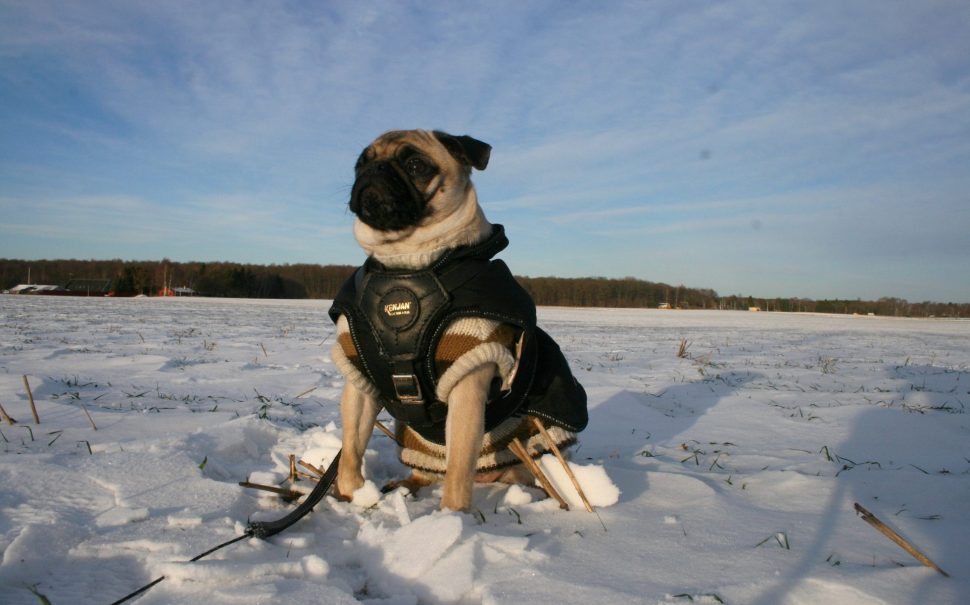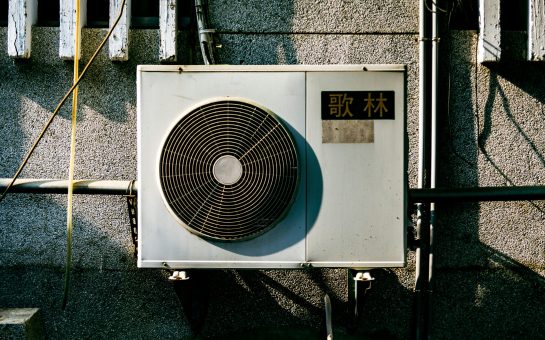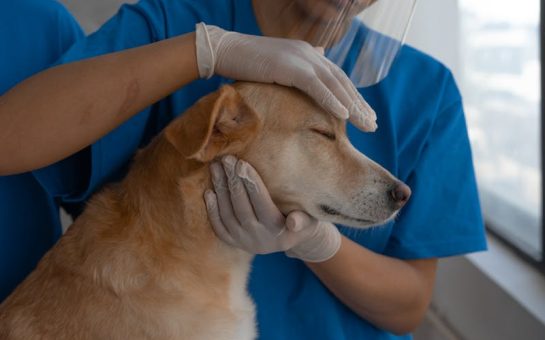Veterinarians have warned pet owners to protect animals from winter hazards, which could lead to serious illnesses.
The British Veterinary Association (BVA), representing 20,000 vets as the largest membership community for the veterinary profession in the UK, issued a warning to take measures to protect pets from a range of winter hazards, such as extended exposure to cold weather and ingestion of toxic grit and antifreeze.
Temperature would be staying cold, only a few degrees above freezing during daytime in many places, and -10°C or lower overnight in isolated spots, said Steve Willington, chief meteorologist of the Met Office.
Willington said: “Although below average, these temperatures are not that unusual for this time of year but nevertheless, can be impactful for people and their pets.
“We have a number of snow and ice warnings in place at the moment.”
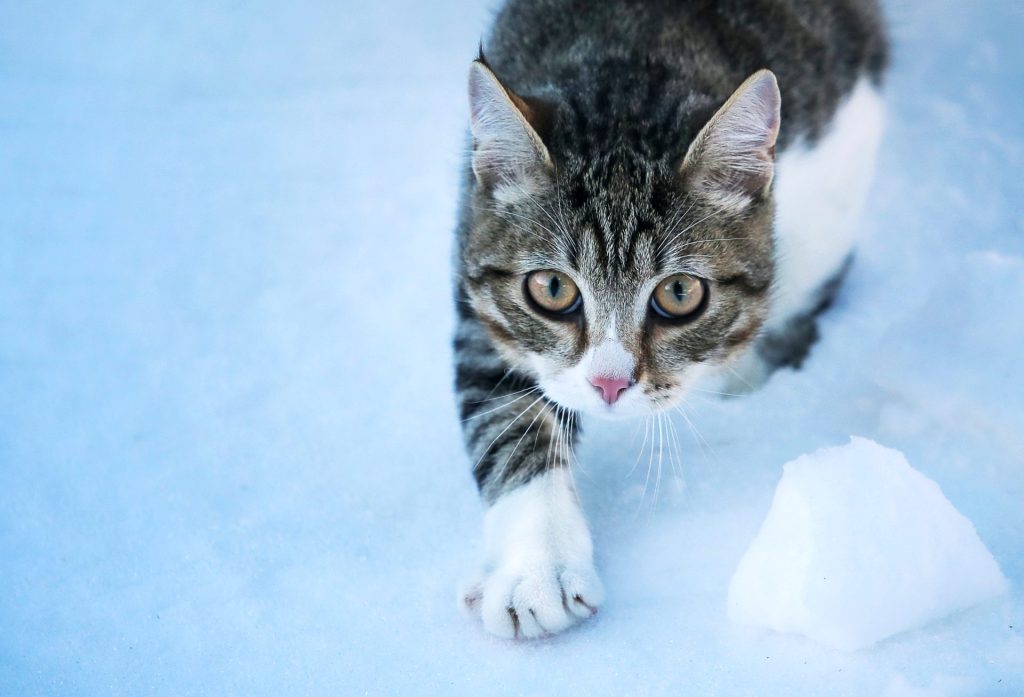
Justine Shotton, senior vice president of BVA said: “When it’s cold for us, it’s cold for our pets, which is why it’s important to take extra precautions to keep them safe and warm.”
Shotton explained dogs and cats needed easy access to shelter and a cosy den, and while dogs would still need exercise, owners should take precautions to protect them from the cold.
She added antifreeze was a huge hazard for cats and one should contact the vet immediately if there were signs of poisoning such as vomiting, depression, lack of coordination, seizures and difficulty breathing.
Moreover, she said rabbits and guinea pigs were vulnerable to hypothermia despite their warm coats, so owners should take steps to ensure any outdoor hutches were well protected from the snow, cold draughts and winter rain.
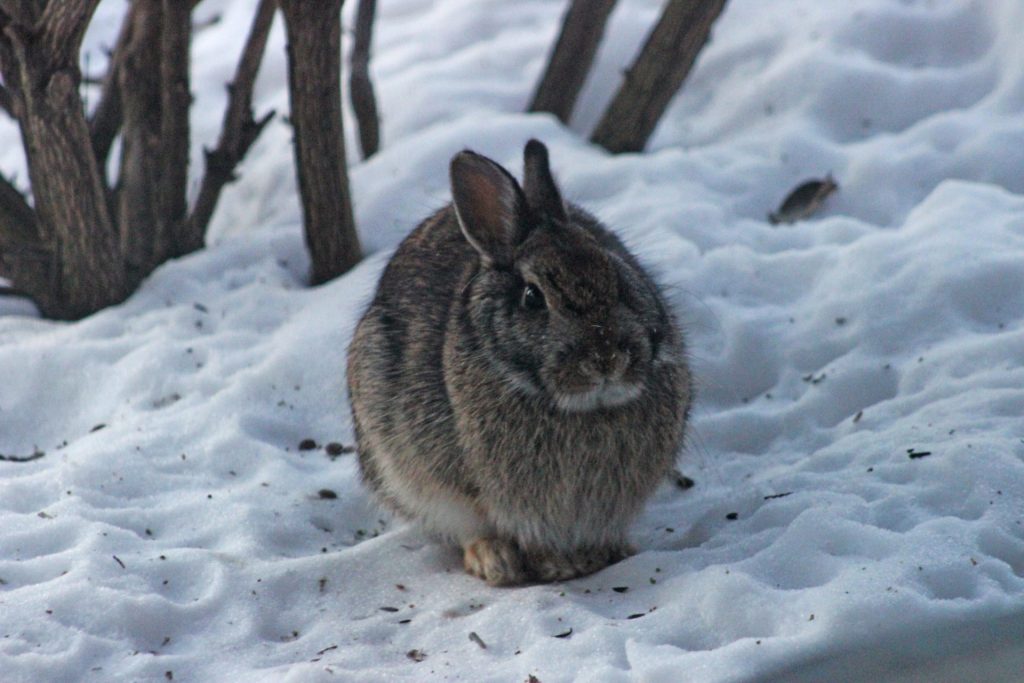
Below are more details on the top tips issued by BVA to help pet owners keep their animals safe over the winter months.
Take precautions during and after dog walks
Owners should put a coat on older dogs or those with thin fur to keep them warm during walks.
As grit and rock salt can be extremely toxic if ingested, they should wipe their dog’s paws and belly on returning home from a snowy walk to remove any ice or salt, and regularly check for cracks in paw-pads or for redness between the toes.
Avoid antifreeze poisoning
Owners should wipe their pets’ paws to prevent them from ingesting toxins, as antifreeze, even in small amounts, is highly toxic particularly for cats.
Antifreeze is frequently used in car radiators, de-icing products, and ornamental water features to protect the pumps, that they should store and use antifreeze products carefully and clean any spillages thoroughly.
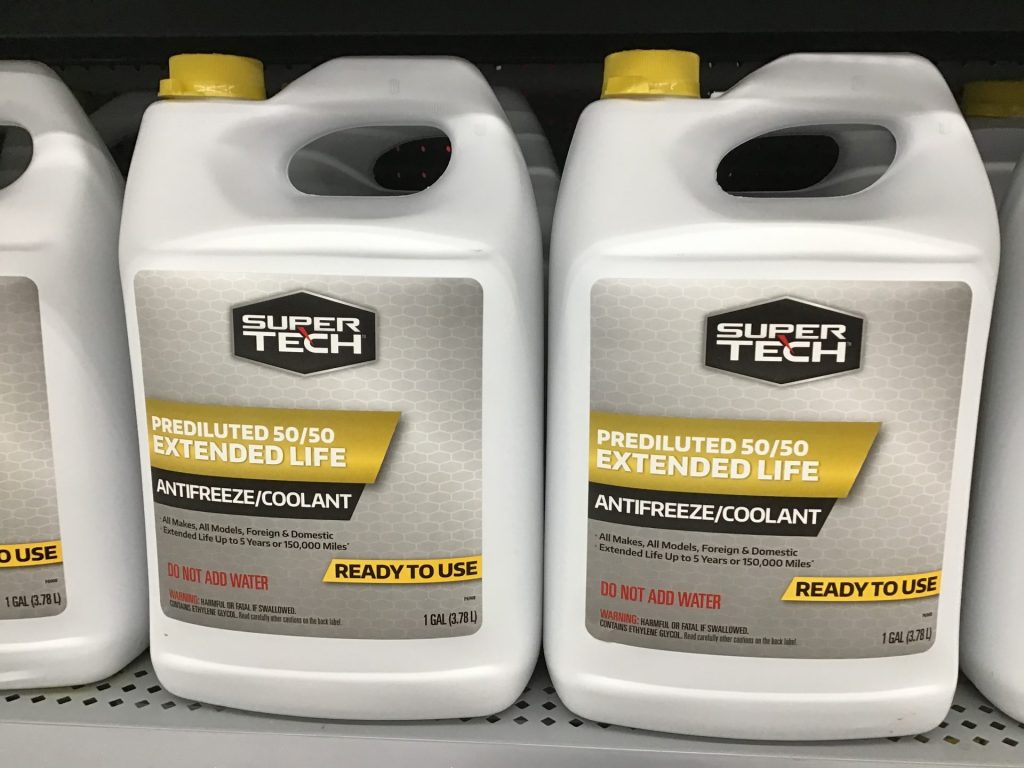
Provide a warm, draught-free shelter
Owners should make sure their dog’s bed is in a draught-free, warm spot insulated from the floor in the house; if not, they can line it with some extra blankets.
They should keep cats indoors with easy access to shelter and warmth.
Rabbit and guinea pig hutches or runs should be in a sheltered position, away from wind, rain and snow, and at least 10cm off the ground where owners could line with plenty of newspaper, lots of hay and cover the hutch with an old duvet, blanket or tarpaulin.
Rabbits need a temperature between 10⁰C – 20⁰C and guinea pigs need 5⁰C – 20⁰C, avoiding significant fluctuations in temperature.
Reptiles and amphibians should be kept in temperature-controlled environments indoors, too.
Care for your horses
Owners should avoid sudden changes in management and diet for their horse in winter.
The use of rugs will depend on the breed of horse and whether they are clipped, but owners should be mindful to avoid over-rugging.
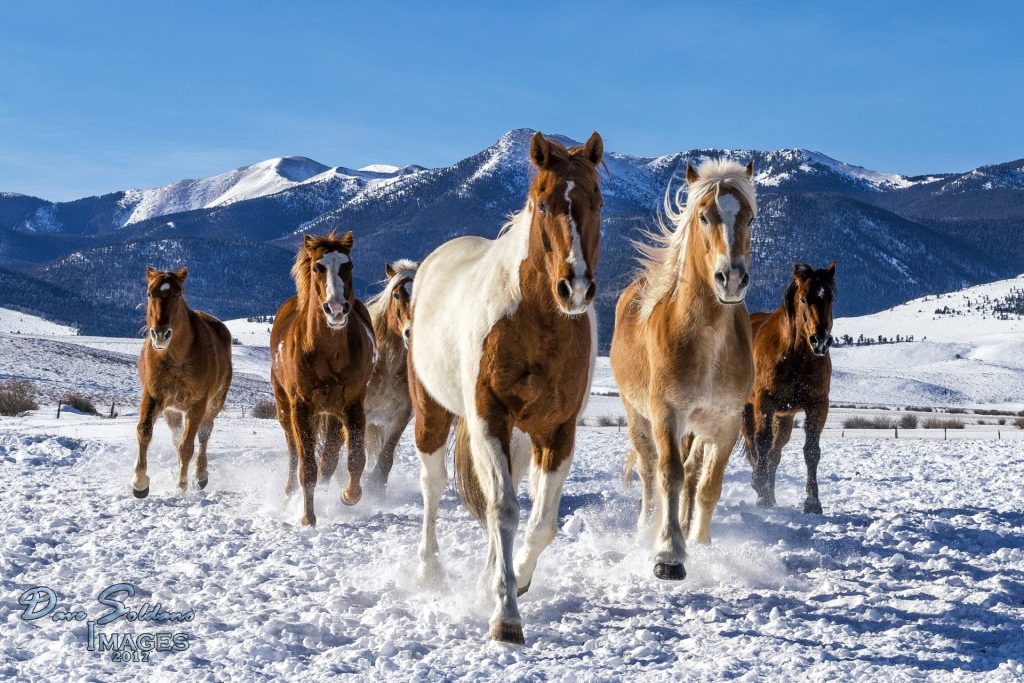
Check their water
Owners should check water bottles, bowls or outdoor troughs regularly, as these can freeze when the temperature drops.
If anyone has any concerns about their pets in this cold weather, they should consult their local vet for advice.
Featured image credit: Flickr CC BY-NC-SA 2.0
